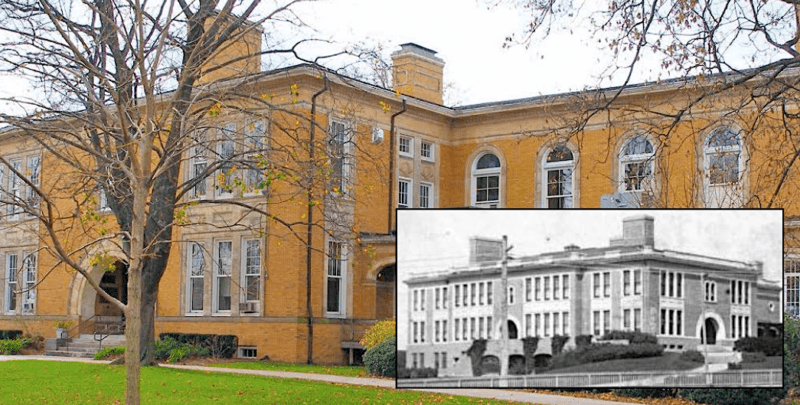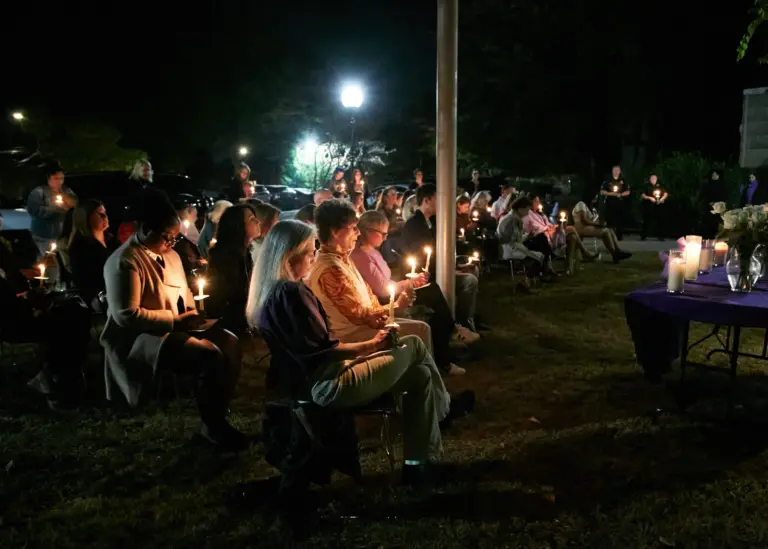
Last year, First Selectman Fred Camillo published an op-ed stating that the Town of Greenwich “must secure an affirmative vote from the BOE to proceed” with the public-private redevelopment of the Havemeyer Building, located at 290 Greenwich Avenue. The move signaled a renewed push to repurpose the historic structure into a civic and cultural hub—a plan with notable precedent.
In a series of documents reviewed by the Greenwich Sentinel, along with interviews and historical records archived at the Greenwich Historical Society, the Havemeyer Building has long been the subject of competing visions. The most fully developed previous plan dates to 2006, when philanthropist and longtime Greenwich resident Peter Malkin led a private initiative to rehabilitate the 1892 Romanesque structure.
“We weren’t proposing a commercial development,” Malkin said during an interview with the Greenwich Sentinel. “Our plan was to do something for the town. A new theater seating 300, a music school, a ballet program, rehearsal studios, even a pottery studio with a kiln.” Malkin said $15 million in private commitments had been secured toward a $25 million renovation budget.

The obstacle then, as now, was the building’s current tenant—the Board of Education (BOE). Malkin recounted, “They had said 25 years ago they had to get out of that building. It was falling apart. But then every two years there’s a new Board of Education, and they never could decide.”
A similar situation appeared to be unfolding in 2024. While Camillo claims that at least one new BOE location has been identified and is supported by the administration, he wrote that “opposition from the Democratic members of the BOE threatens to stall this vital project.”
Camillo’s position, outlined in his op-ed, created a Request for Proposal (RFP) Task Force that would solicit potential private partners for a cultural redevelopment the property. Current concepts under review include a theater, exhibition space, and lecture halls. Camillo cited examples in Fairfield and New Canaan where BOE administrations successfully operate from leased commercial offices.
Today the RFP Task Force is nearing completion. All proposals and their recommendations will be made public for the community to review and comment. While the RFP called for “cultural redevelopment” we will not know what that vision looks like until the proposals are made public. There is growing interest and anticipation of what a new cultural center on Greenwich Avenue might look like and what that could mean for the arts.
It is also not clear what will happen with the Board of Education employees. They deserve to be in a modern, functioning building that meets all their needs today as well as into the foreseeable future. It is anticipated that moving into a more modern structure would create a savings in utility and maintenance costs. The Havemeyer Building is not ADA compliant and renovation costs have been mentioned at between $50 million to $100 million.
Town records indicate that the Havemeyer Building, originally built as an elementary school, has been used by the Board of Education since at least the mid-20th century. Earlier still, the building hosted high school classes until the opening of 27 Havemeyer Place in 1907. Designed by Loring & Phipps, the building incorporates architectural elements associated with Henry Hobson Richardson, including thick masonry walls and prominent arches.
Malkin noted that these design features lend themselves well to soundproof rehearsal rooms and performance spaces. “The upper floors were perfect for that. We didn’t plan to touch them,” he said. Malkin also said that a partnership had been initiated with Broadway producers and the City Center Theater in Manhattan, who were interested in using the theater for rehearsals and preview shows. “They would’ve paid rental,” he said. “It would have been very exciting for Greenwich.”
Even though much of the money necessary to rehabilitate the building was pledged from private sources, the 2006 proposal was never brought to a formal vote. According to Malkin, the absence of a binding agreement from the BOE was a primary barrier. “It’s important to get a legally binding agreement to vacate. Otherwise, any proposal could run into all kinds of headaches.”
As of this writing, five proposals are reportedly being evaluated by a town-appointed redevelopment task force. Public documents and plans related to the 2006 initiative are housed at the Greenwich Historical Society and available by request.




